Home>Garden Essentials>Scotts Sun And Shade: How Long To Germinate?
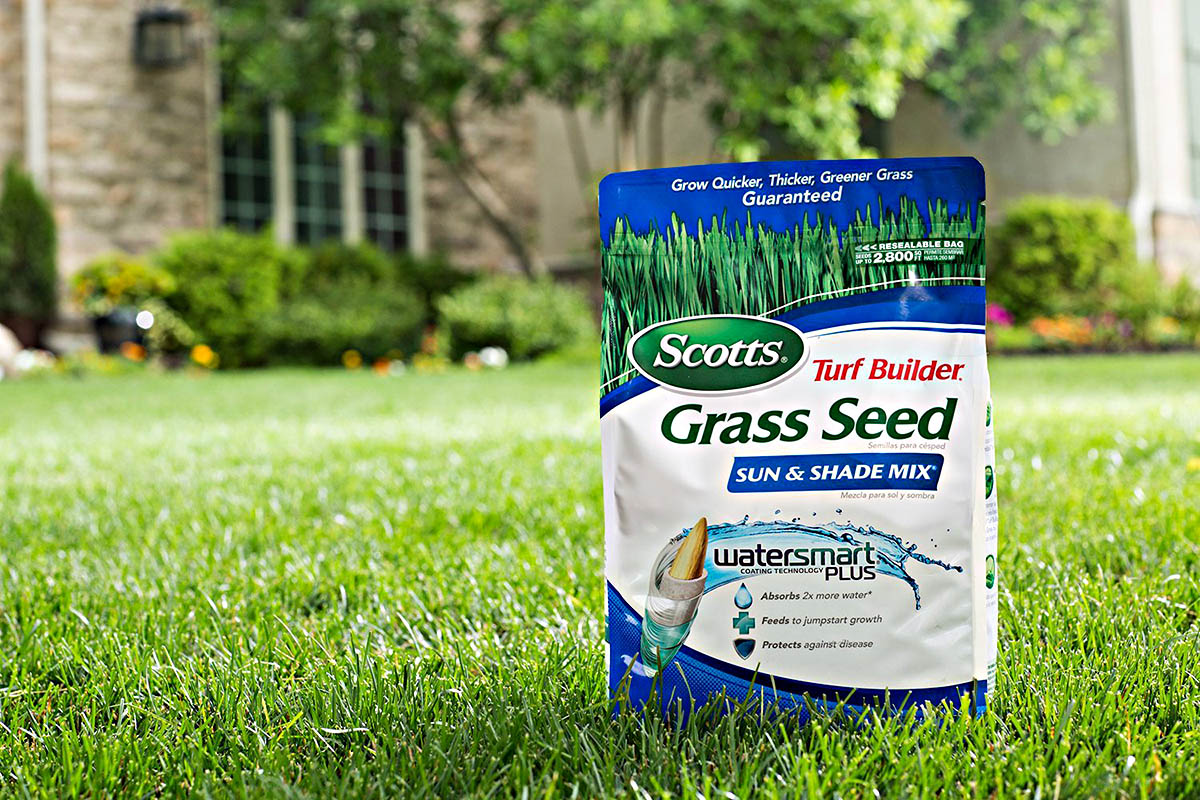

Garden Essentials
Scotts Sun And Shade: How Long To Germinate?
Modified: August 17, 2024
Discover how long it takes for Scotts Sun and Shade garden seeds to germinate. Get insights on optimal conditions for successful cultivation.
(Many of the links in this article redirect to a specific reviewed product. Your purchase of these products through affiliate links helps to generate commission for Storables.com, at no extra cost. Learn more)
Introduction
Gardening enthusiasts know that a lush and vibrant garden starts with healthy and well-established grass. Whether you’re a seasoned gardener or a beginner, understanding the germination process is crucial for achieving successful results. In particular, if you’re using Scotts Sun and Shade grass seed, it’s important to know how long it takes for the seeds to germinate.
Scotts Sun and Shade grass seed is a popular choice for homeowners looking to establish a beautiful and resilient lawn. This blend is specially formulated to thrive in areas with both sun and shade, making it ideal for yards with varying light conditions.
Germination time refers to the period it takes for a seed to sprout and start growing into a plant. The length of time can vary depending on various factors, including environmental conditions, seed quality, and maintenance practices. Understanding these factors can help you plan and care for your lawn more effectively, ensuring optimal growth and longevity.
In this article, we will explore the factors that influence germination time for Scotts Sun and Shade grass seed and provide tips on how to accelerate the germination process. By the end, you’ll have a solid understanding of what to expect and how to achieve the best possible results.
Key Takeaways:
- Scotts Sun and Shade grass seed typically takes 7 to 14 days to sprout. Factors like temperature, moisture, and soil quality influence the germination process.
- To accelerate germination, prepare the soil, ensure proper watering, and monitor the progress. Patience is key, and regular care leads to a lush and healthy lawn.
Factors Affecting Germination Time
Germination time for Scotts Sun and Shade grass seed can be influenced by several key factors. Understanding these factors will help you manage your expectations and take appropriate steps to promote healthy and timely seed germination.
Temperature: Temperature plays a crucial role in seed germination. Most grass seeds, including Scotts Sun and Shade, prefer a soil temperature between 60 to 75 degrees Fahrenheit. Cooler temperatures can significantly slow down the germination process, while warmer temperatures can speed it up. It’s important to provide a favorable temperature environment for the seeds to germinate efficiently.
Moisture: Adequate moisture is another essential factor for successful germination. The seeds need a consistently moist environment to absorb water and swell, initiating the germination process. However, excessive moisture or waterlogged conditions can lead to rotting or fungal diseases. Maintaining a careful balance is key to ensure optimal germination.
Soil Conditions: The quality and condition of the soil can impact germination time. Well-prepared soil with good drainage and proper nutrient content can provide an ideal environment for seed germination. Compacted soil or soil with low fertility can hinder the germination process and slow down seed development.
Light: Light requirements for grass seed germination vary among species. Some seeds, such as Kentucky bluegrass, have high light requirements and need direct sunlight to germinate, while others, like fine fescue, can germinate in low light conditions. Scotts Sun and Shade grass seed is a blend designed to adapt to both sun and shade, making it suitable for a wider range of light conditions.
Weed Competition: Weeds can compete with grass seeds for nutrients, water, and sunlight, which can delay germination. It’s crucial to remove any existing weeds and prevent weed growth during the germination period by using appropriate weed control methods.
Seed Quality: The quality of the grass seed itself can influence germination time. Fresh, high-quality seeds tend to germinate more quickly and have a higher success rate compared to old or poor-quality seeds. It’s essential to purchase seeds from reputable sources and ensure they are stored correctly before planting.
By taking these factors into consideration and creating favorable conditions, you can enhance the germination process for Scotts Sun and Shade grass seed and increase your chances of a successful and healthy lawn establishment. In the next section, we will discuss the typical germination time for this specific grass seed blend.
Germination Time for Scotts Sun and Shade Grass Seed
Scotts Sun and Shade grass seed is known for its adaptability to various light conditions, making it an excellent choice for homeowners with a yard that experiences both sun and shade throughout the day. When it comes to germination time, Scotts Sun and Shade grass seed typically takes around 7 to 14 days to sprout and show visible signs of growth.
It’s important to note that germination time can vary based on the specific environmental conditions and maintenance practices. Factors such as temperature, moisture levels, soil conditions, and seed quality can influence the speed of germination. Providing optimal conditions will help promote faster and more uniform germination.
During the first few days after planting Scotts Sun and Shade grass seed, it’s essential to keep the soil evenly moist. This will facilitate water absorption and seed swelling, jumpstarting the germination process. Avoid overwatering, as it can lead to waterlogging and inhibit germination. Regularly monitor the moisture levels and adjust watering accordingly.
Temperature plays a significant role in germination time. The ideal soil temperature for Scotts Sun and Shade grass seed germination ranges from 60 to 75 degrees Fahrenheit. Warmer temperatures generally promote faster germination, while cooler temperatures can extend the germination period. If you’re planting the seeds in cooler weather, you may need to be patient and allow for additional time for germination to occur.
Proper soil preparation is also crucial for successful germination. Ensure that the soil is free from debris, rocks, and other obstacles that can impede seed growth. Loosen the soil and remove any weeds or grass in the planting area. Adding a thin layer of compost or topsoil can provide essential nutrients and improve seed-to-soil contact, enhancing germination rates.
Scotts Sun and Shade grass seed is designed to adapt to different light conditions, making it suitable for areas with sun and shade variations. The blend contains grass species that can tolerate varying light intensities, ensuring healthy growth regardless of light exposure.
By understanding the typical germination time for Scotts Sun and Shade grass seed and creating favorable conditions, you can plan your lawn care schedule accordingly and closely monitor the progress of seed germination. In the next section, we will explore some factors that can influence the germination rate.
Factors Influencing Germination Rate
The germination rate refers to the percentage of seeds that successfully sprout and grow into healthy plants. Several factors can influence the germination rate of Scotts Sun and Shade grass seed. Understanding these factors will help you optimize the conditions for seed germination and ensure a higher success rate for your lawn establishment.
Seed Quality: The quality of the grass seed you use plays a significant role in germination rate. High-quality seeds are more likely to have a higher germination rate compared to low-quality or old seeds. When purchasing Scotts Sun and Shade grass seed, it’s important to choose a reputable supplier and check for any information regarding seed quality and germination rates on the packaging.
Seed Dormancy: Some grass seeds may enter a dormant state, where the embryo is in a suspended state of growth. This dormancy helps protect the seed in adverse conditions until favorable germination conditions are met. However, it can also delay germination. To break seed dormancy and improve germination rate, you can use scarification techniques, such as lightly scratching the seed coat or soaking the seeds in water before planting.
Soil Conditions: The condition of the soil significantly affects the germination rate. Well-prepared soil with good drainage, proper nutrient levels, and appropriate pH levels will provide an optimal environment for successful germination. Compacted soil or soil with inadequate fertility can inhibit seed germination and reduce the overall germination rate. Conduct a soil test and amend the soil as necessary to create the best conditions for germination.
Moisture Levels: Adequate moisture is essential for seed germination. The seeds need consistent moisture for the imbibition process, where water is absorbed and initiates the germination process. Dry or waterlogged conditions can adversely affect germination rate. It’s important to water the seeded area regularly, keeping the soil moist but not excessively wet. Ensure that the soil doesn’t dry out during germination, as it may lead to poor germination rates.
Temperature: Grass seeds have optimal temperature ranges for germination. For Scotts Sun and Shade grass seed, a soil temperature between 60 to 75 degrees Fahrenheit is ideal for efficient germination. Seeds planted in temperatures below or above the optimal range may have a lower germination rate. Monitor the soil temperature and adjust planting times accordingly to optimize the germination rate.
Weed Competition: Weeds can compete with grass seeds for resources like sunlight, water, and nutrients. This competition can reduce the germination rate and hinder the growth of the newly established lawn. Before planting Scotts Sun and Shade grass seed, make sure to remove any existing weeds and implement weed control measures during the germination period.
By considering and managing these factors, you can significantly influence the germination rate of Scotts Sun and Shade grass seed. Providing optimal conditions, using high-quality seeds, and practicing proper lawn care techniques can help you achieve a higher germination rate and establish a healthy and vibrant lawn.
Keep the soil consistently moist but not waterlogged to help Scotts Sun and Shade grass seed germinate. Water lightly multiple times a day to keep the top inch of soil moist.
Tips to Accelerate Germination
If you’re eager to see your Scotts Sun and Shade grass seed sprout and grow into a lush lawn, there are several tips and techniques you can employ to accelerate the germination process. By creating optimal conditions and providing the necessary care, you can promote faster and more uniform seed germination. Here are some helpful tips:
Preparation: Before planting the grass seed, prepare the soil properly. Remove any debris, rocks, or weeds from the planting area. Loosen the soil to a depth of about 4 to 6 inches, using a garden rake or tiller. This allows for better seed-to-soil contact and improves water absorption for quicker germination.
Soil Enrichment: Incorporate organic matter, such as compost or aged manure, into the soil to improve its fertility and structure. This provides essential nutrients for seed germination and establishment. Consider conducting a soil test to determine if any additional amendments, like lime or fertilizer, are needed.
Seed-to-Soil Contact: Good seed-to-soil contact is crucial for efficient germination. Spread the Scotts Sun and Shade grass seed evenly over the prepared soil. After spreading, gently rake the area to lightly cover the seeds with a thin layer of soil. Lightly press the soil down to ensure good contact between the seeds and the soil.
Proper Watering: Water is essential for seed germination. Immediately after planting the grass seed, thoroughly water the area using a gentle spray or mist setting. Continue to keep the soil evenly moist throughout the germination process. Avoid overwatering, as it can lead to waterlogged conditions and hinder germination. Regularly check the moisture levels and adjust watering as needed.
Temperature Control: Maintaining a consistent temperature range can help speed up germination. If weather conditions are not optimal, consider using techniques to warm the soil, such as covering the seeded area with a layer of clear plastic. This helps create a mini-greenhouse effect and raises the soil temperature to support faster germination.
Germination Blanket or Mulch: Covering the seeded area with a germination blanket or organic mulch can help retain moisture, regulate temperature, and protect the seeds from erosion or wind. This creates a conducive microenvironment for germination and enhances the seed’s ability to absorb water and nutrients.
Regular Inspections: Regularly monitor the seeded area for signs of germination. Once the grass seed starts to sprout, continue to provide appropriate care and maintenance, such as regular watering and proper mowing, to support healthy growth and development.
Patience: While it’s natural to be eager to see results, it’s important to remember that germination takes time. Be patient and allow the seeds ample time to sprout and establish themselves. Avoid excessive walking or activities on the seeded area during the germination process, as it can disturb the seeds and hinder growth.
By following these tips and providing the necessary care, you can help accelerate the germination process of Scotts Sun and Shade grass seed. Remember that each lawn and environment is unique, so results may vary. With proper attention and maintenance, you’ll soon enjoy a beautiful and healthy lawn.
Monitoring Germination Progress
Monitoring the germination progress of your Scotts Sun and Shade grass seed is an important aspect of lawn care. It allows you to gauge the success of your seeding efforts and make any necessary adjustments to promote healthy growth. Here are some steps to effectively monitor the germination progress:
Visual Inspection: Conduct regular visual inspections of the seeded area to look for signs of germination. As the grass seed begins to sprout, you’ll notice small green shoots emerging from the soil surface. Keep in mind that germination time can vary, so be patient and give the seeds sufficient time to develop.
Germination Rate: Assess the germination rate by counting the number of sprouted seedlings in a specific area. Randomly select several areas and count the sprouts within a square foot or meter. This will give you an idea of the percentage of seeds that have germinated. It’s common to have some variability in the germination rate, but a healthy lawn typically has a high percentage of germinated seeds.
Uniformity: Evaluate the uniformity of the germination across the seeded area. A well-established lawn should have a relatively even distribution of sprouted seedlings. If you notice areas with sparse or uneven germination, you may need to reseed those sections to achieve uniform coverage.
Seedling Growth: Observe the growth and development of the seedlings. As they continue to grow, the shoots will become more robust, and the grass blades will become more visible. Assess the overall health and vigor of the seedlings. Healthy seedlings will have vibrant, green foliage and strong roots.
Weed Control: Keep an eye for any weed growth within the seeded area. Weeds can compete with the grass seedlings for essential resources and hinder their growth. Promptly remove any emerging weeds to prevent them from overtaking the lawn. Consider using appropriate weed control methods to minimize weed competition during the germination and establishment stages.
Monitoring Moisture: Continue to monitor the moisture levels of the soil. Proper watering is critical for seed germination and early seedling growth. Ensure that the soil remains evenly moist but not excessively wet. Adjust your watering schedule based on weather conditions and the specific needs of your lawn.
Recording Observations: Keep a record or journal of your observations, including the dates of planting, the germination rate, any issues or challenges encountered, and the progress seen over time. This record will serve as a helpful reference for future lawn care activities and allow you to track the success of your seeding efforts.
Regularly monitoring the germination progress of your Scotts Sun and Shade grass seed helps you stay connected to the development of your lawn and enables you to take timely actions if needed. By closely observing the seedlings, assessing their growth, and addressing any issues that arise, you can ensure a well-established and thriving lawn for years to come.
Conclusion
Establishing a healthy and vibrant lawn with Scotts Sun and Shade grass seed requires a good understanding of the germination process. By considering the factors that affect germination time, understanding the typical germination time for this specific grass seed blend, and implementing strategies to accelerate germination, you can achieve successful results and enjoy a lush and beautiful lawn.
Factors such as temperature, moisture levels, soil conditions, light, and weed competition all play a significant role in the germination process. By providing optimal conditions, including the right temperature, soil preparation, and maintaining adequate moisture levels, you can promote faster and more uniform germination.
Monitoring the germination progress is essential for assessing the success of your seeding efforts. Through visual inspection, evaluating germination rate and uniformity, observing seedling growth, and addressing weed competition, you can make informed decisions and take appropriate actions to support healthy growth.
Remember to be patient during the germination phase, as different factors can influence the time it takes for Scotts Sun and Shade grass seed to sprout. Each lawn and environment is unique, so results may vary. By following the recommended tips, you can optimize conditions for seed germination and increase the chances of a successful outcome.
Continue to provide proper care and maintenance for your lawn once the seedlings have emerged. Regular watering, mowing, and weed control are essential for the continued growth and health of your lawn. Stay vigilant and address any issues promptly to ensure long-term success.
By understanding the germination process, implementing the right techniques, and giving your lawn the care it needs, you can enjoy the benefits of a robust and thriving lawn with Scotts Sun and Shade grass seed. So get ready to sit back, relax, and appreciate the beauty of your flourishing lawn.
Frequently Asked Questions about Scotts Sun And Shade: How Long To Germinate?
Was this page helpful?
At Storables.com, we guarantee accurate and reliable information. Our content, validated by Expert Board Contributors, is crafted following stringent Editorial Policies. We're committed to providing you with well-researched, expert-backed insights for all your informational needs.
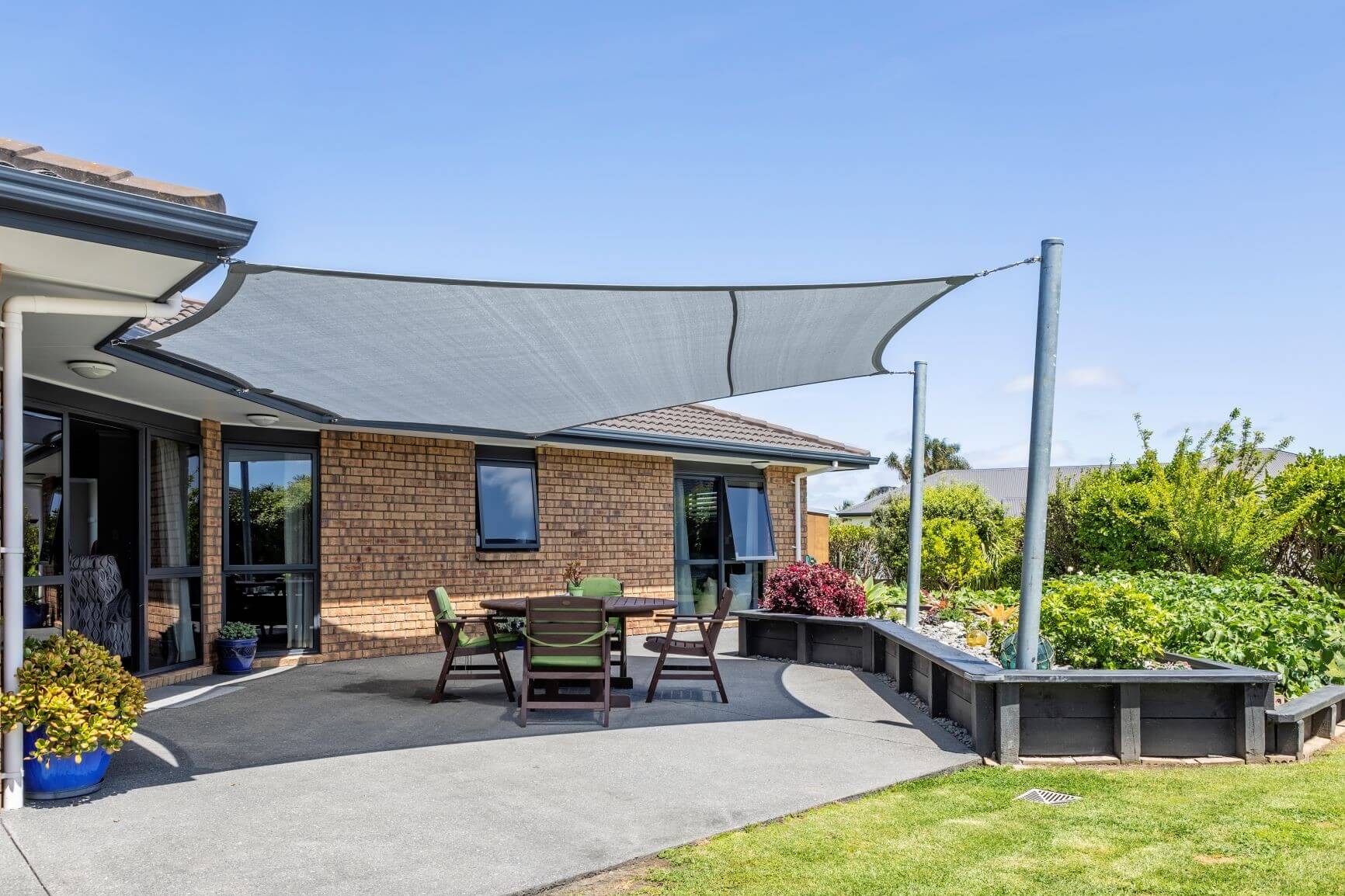


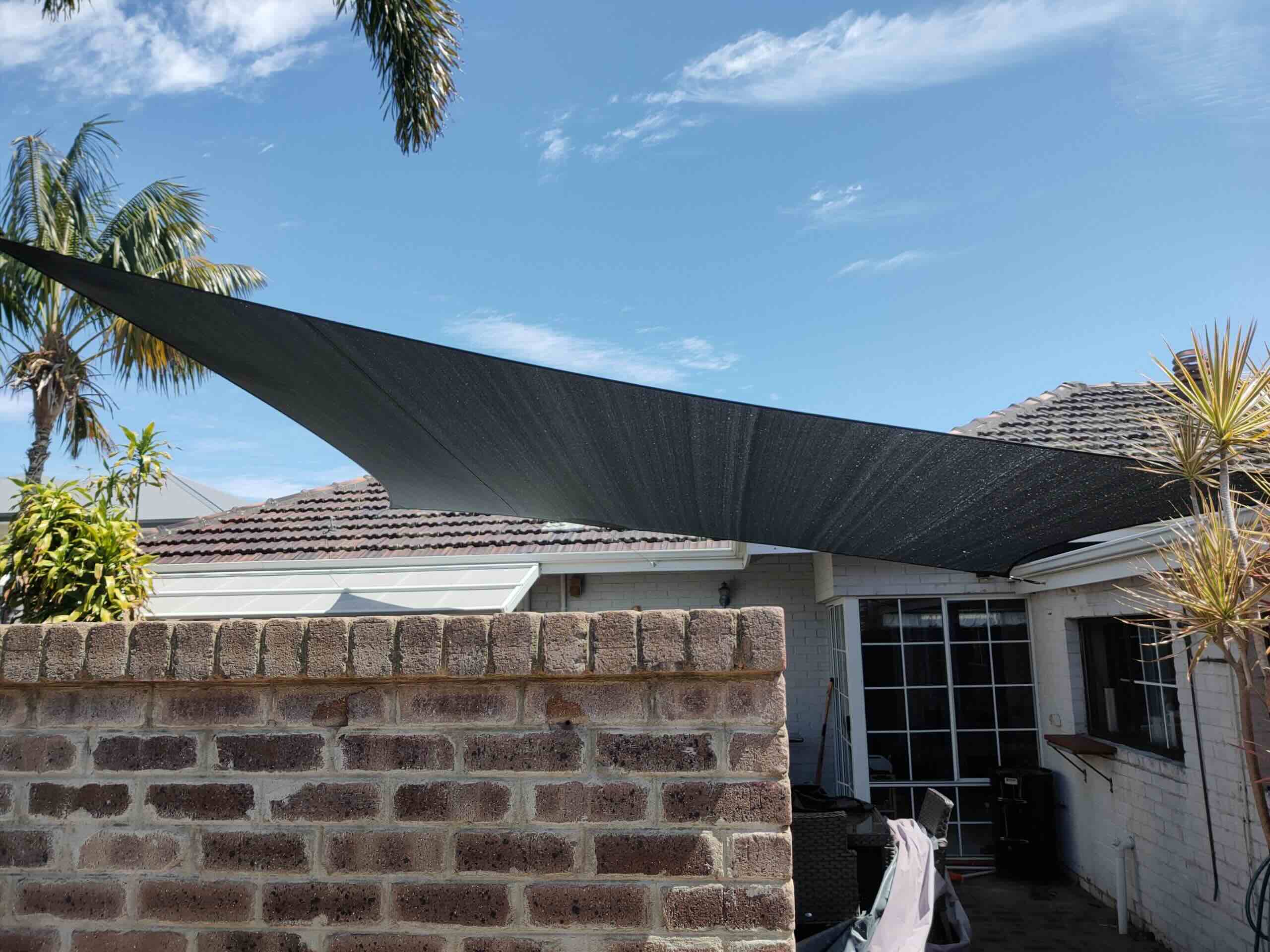
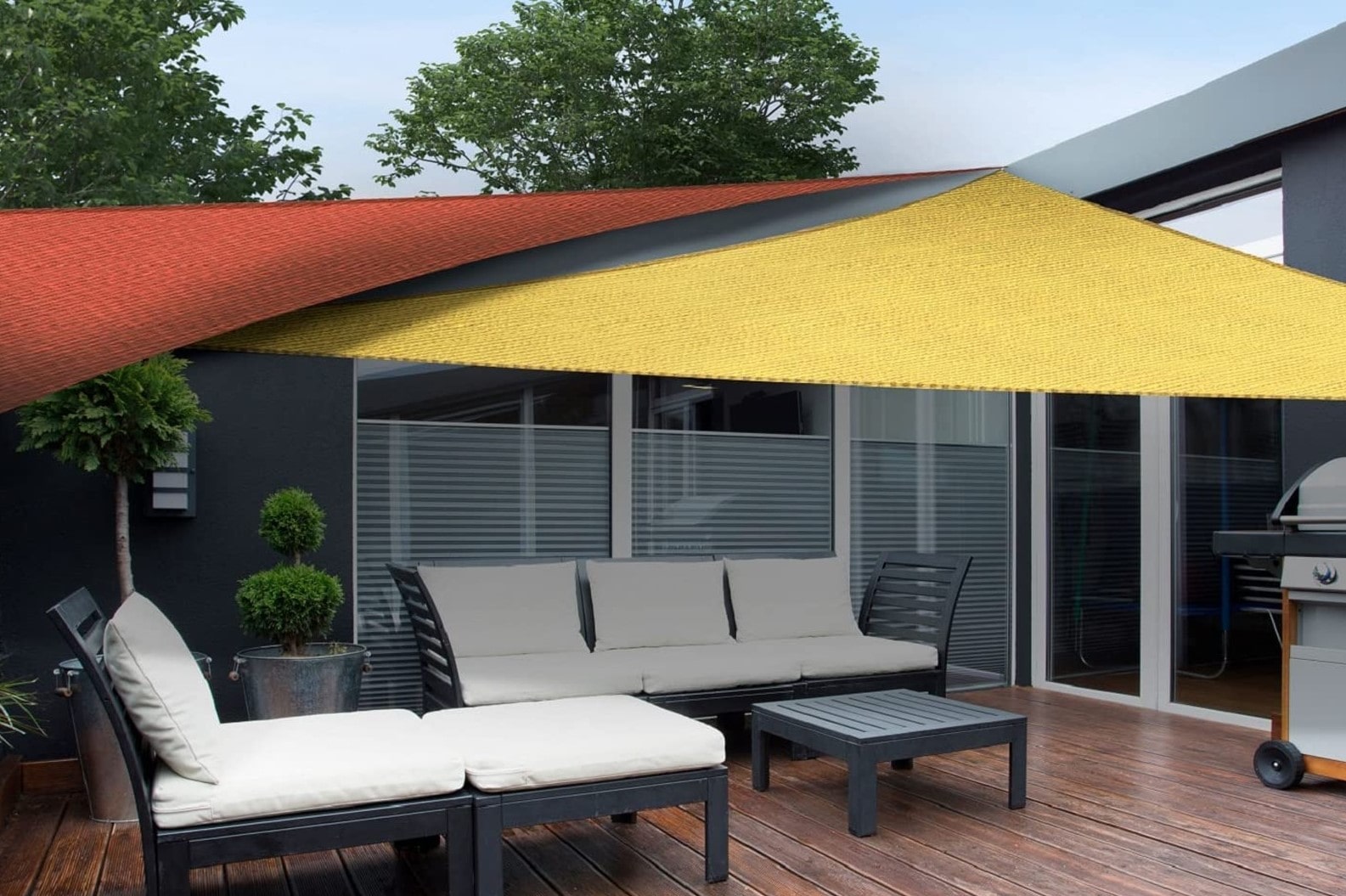
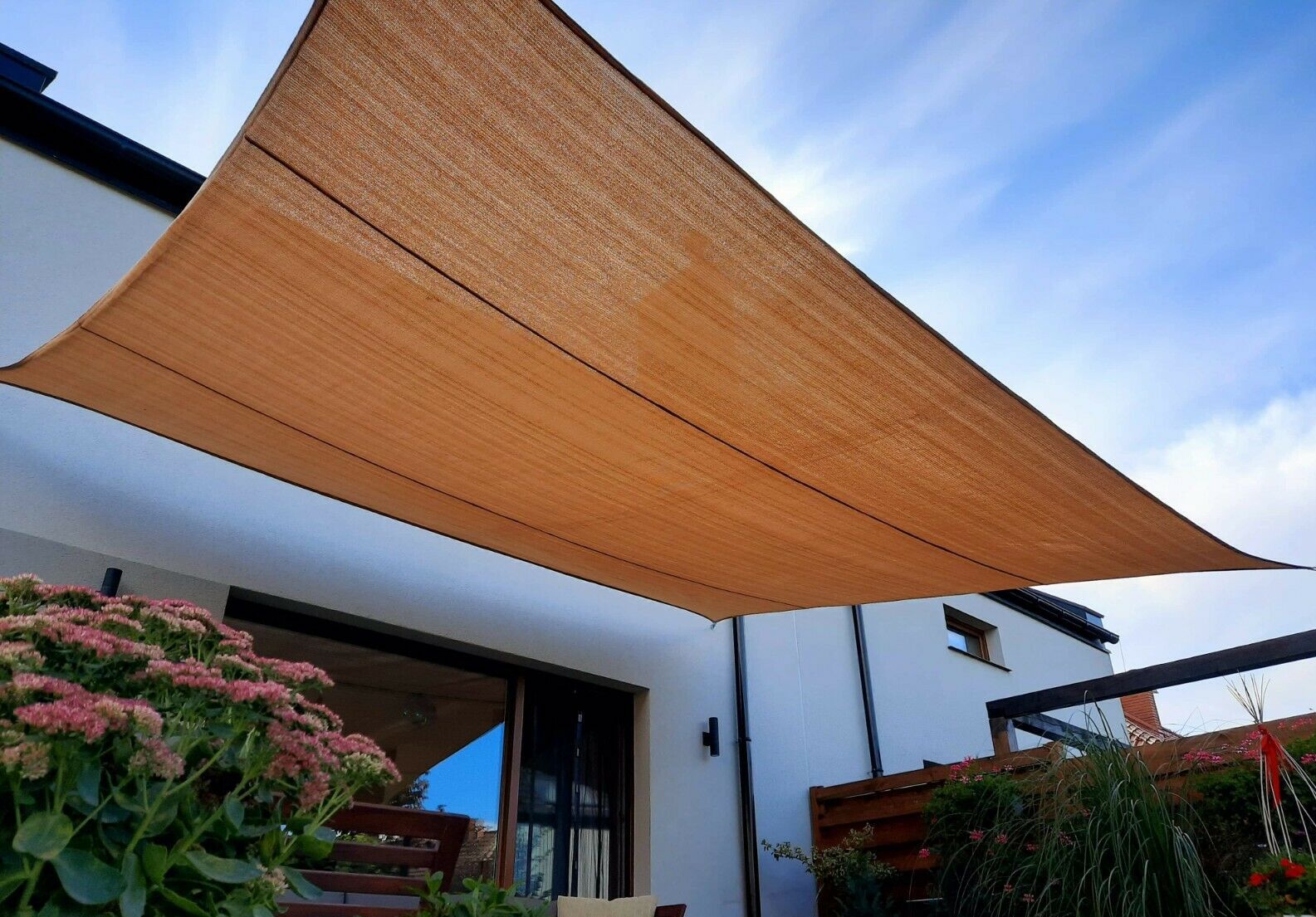
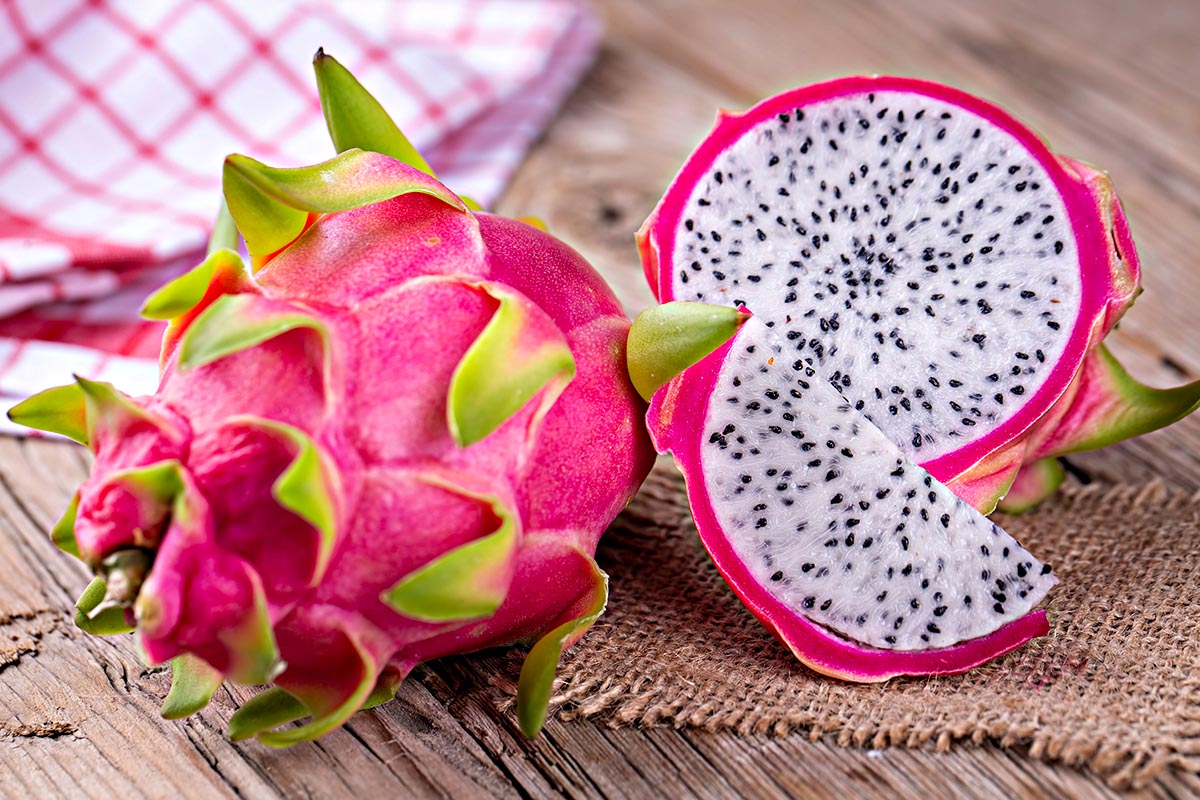
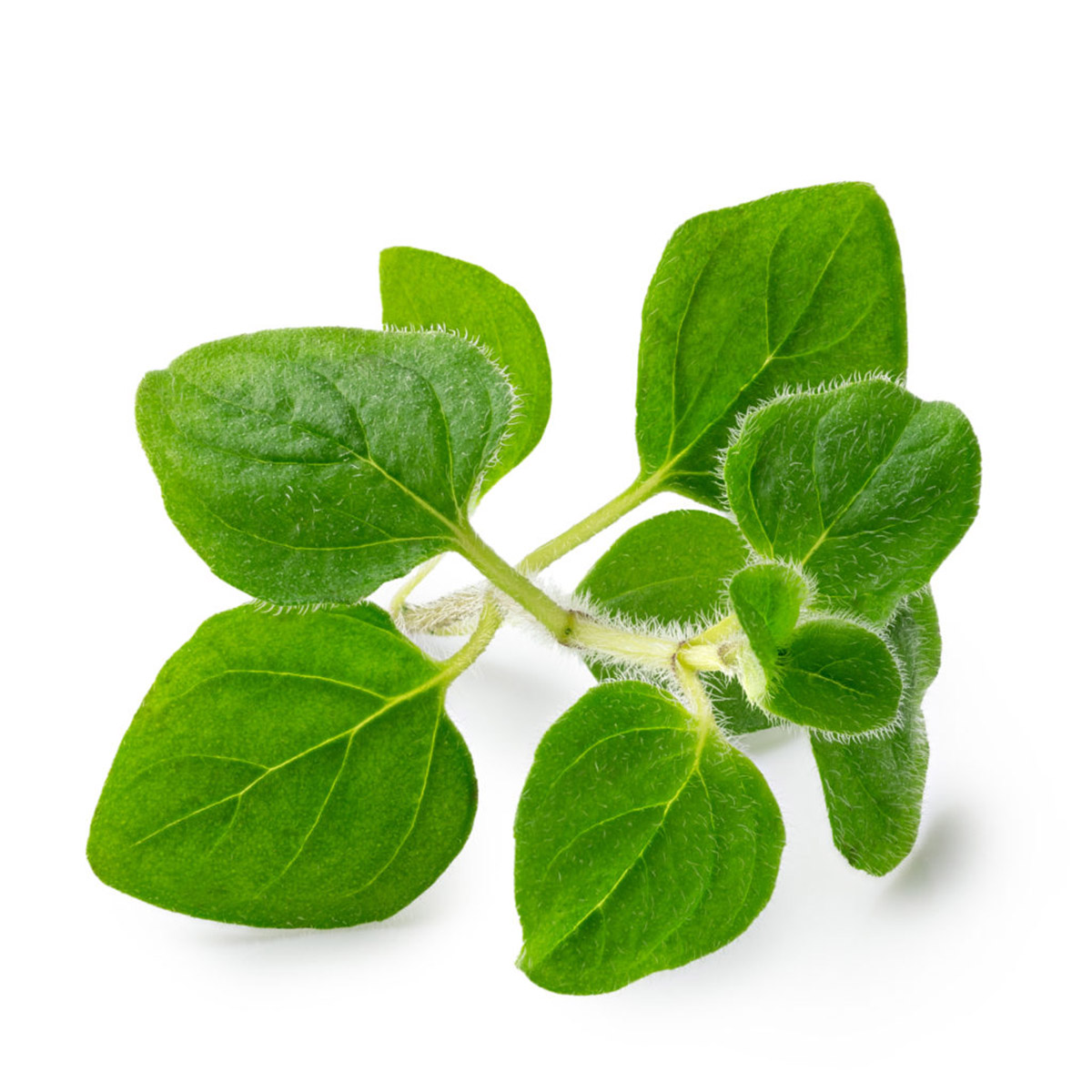
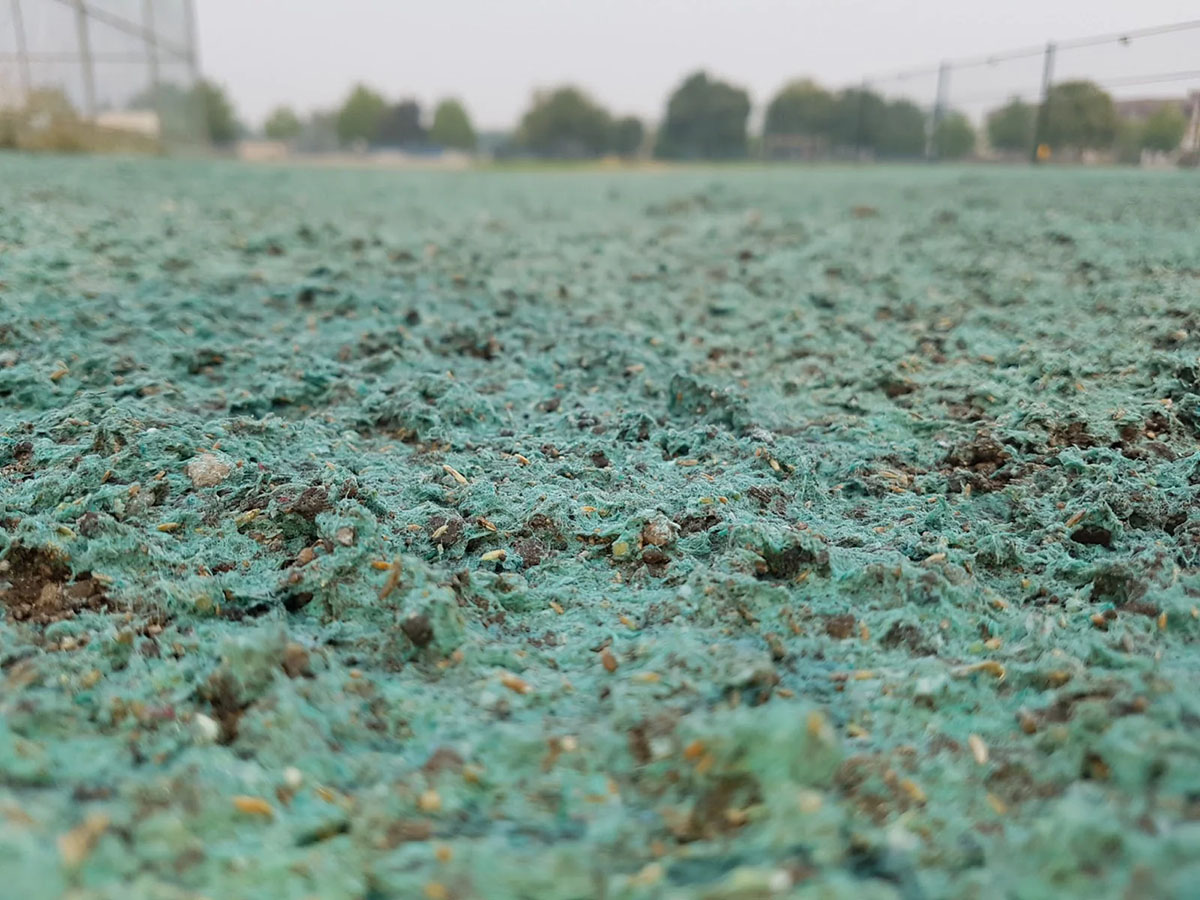
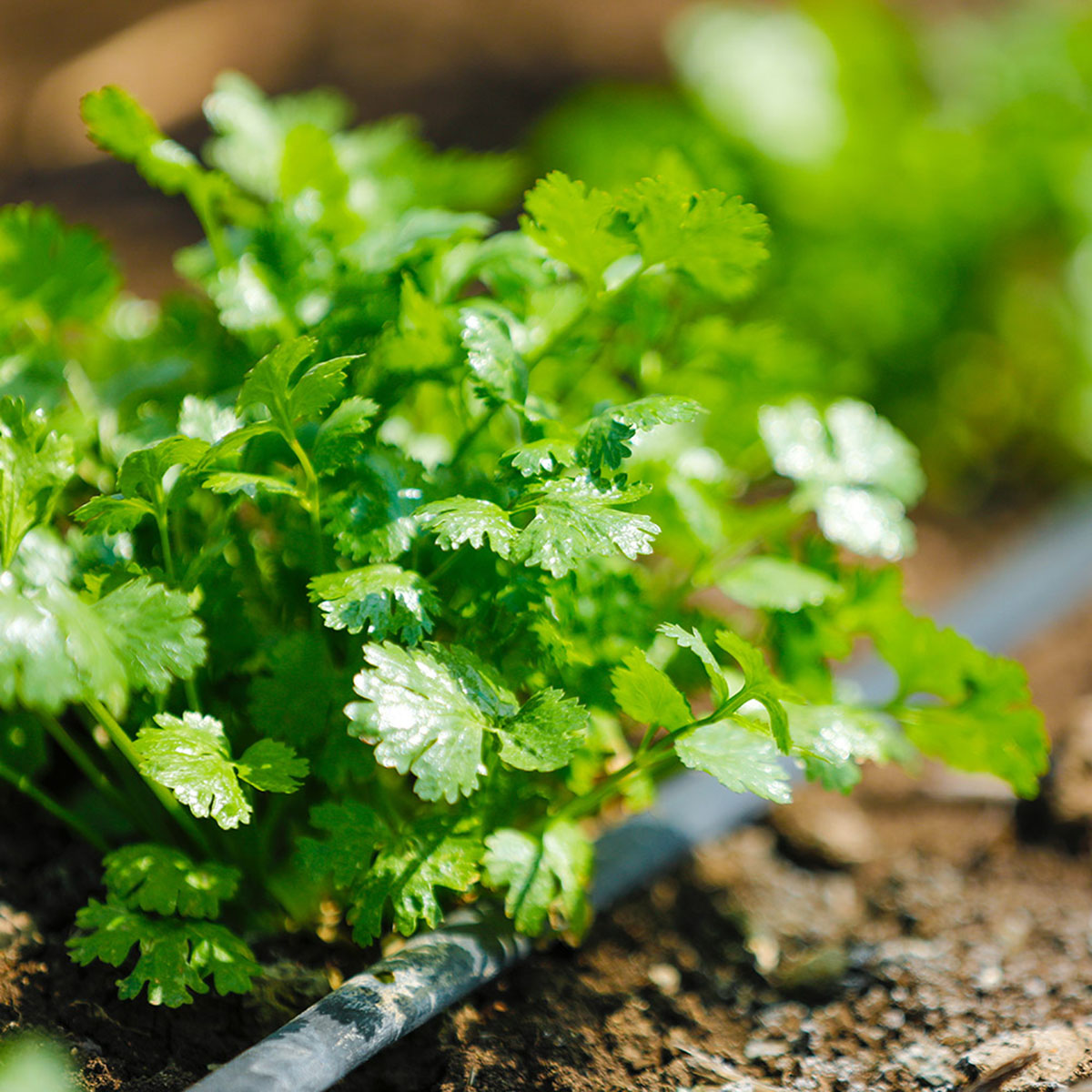
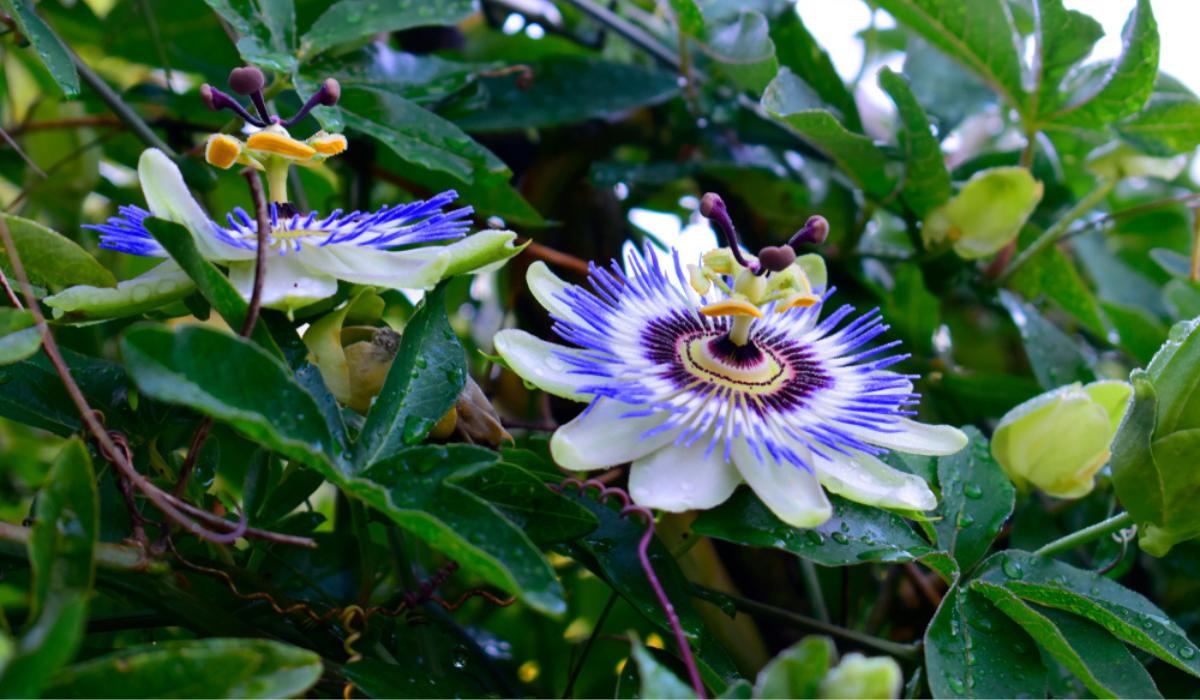
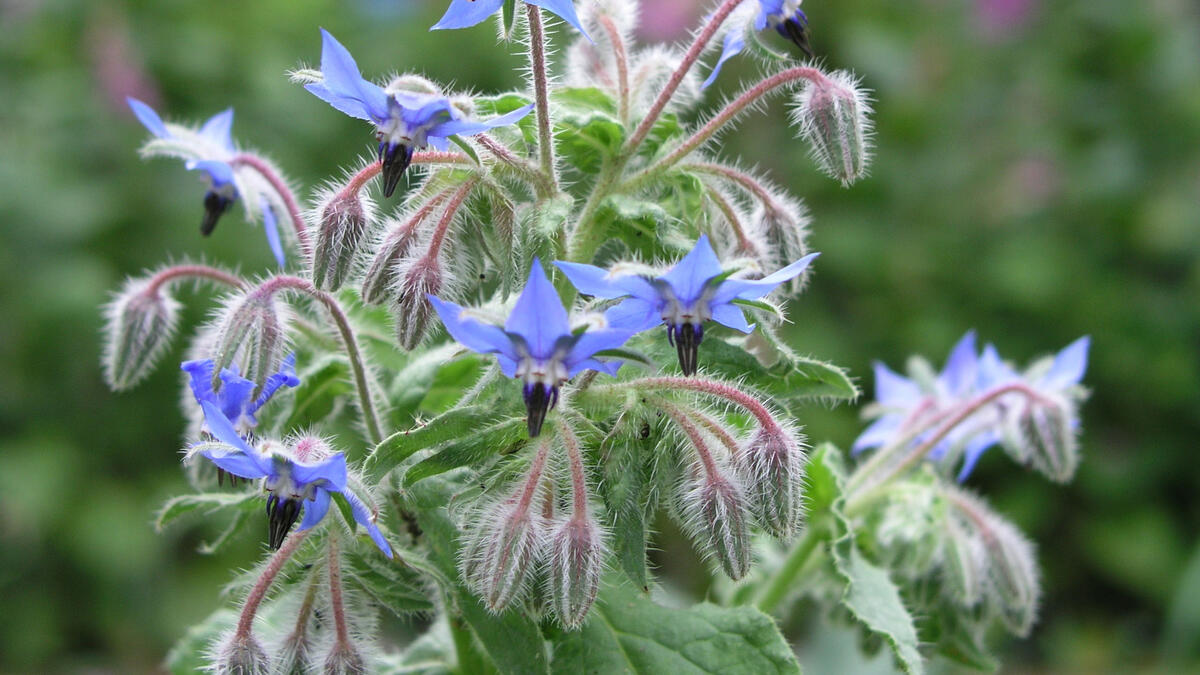
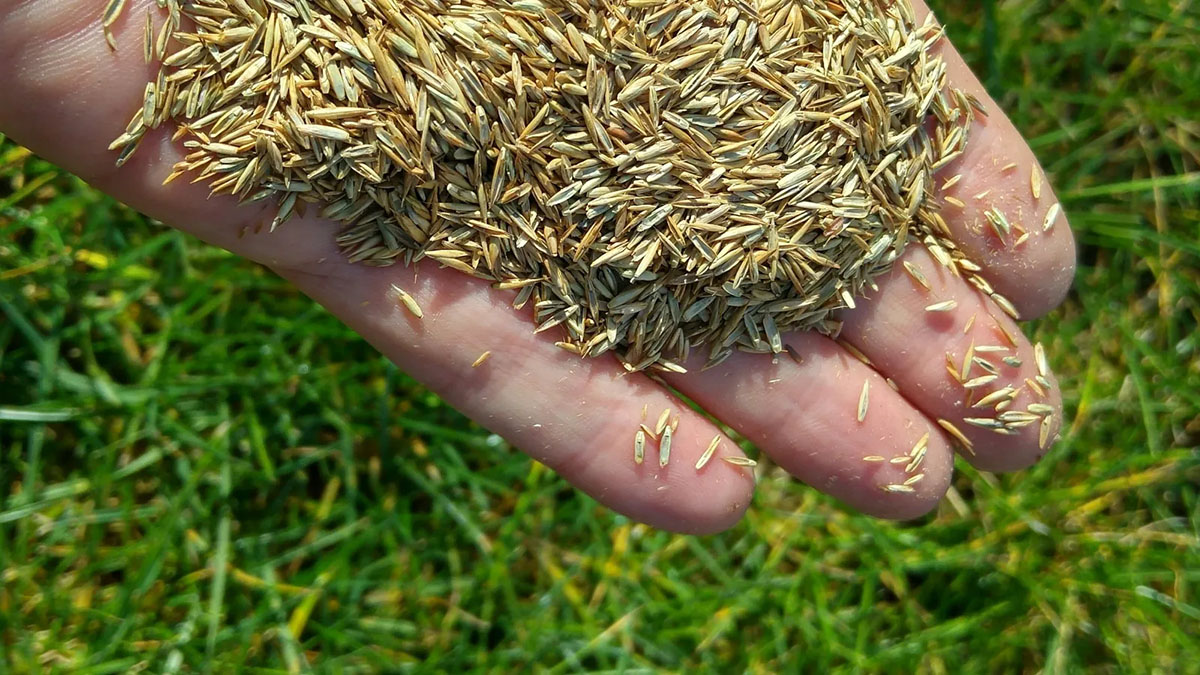
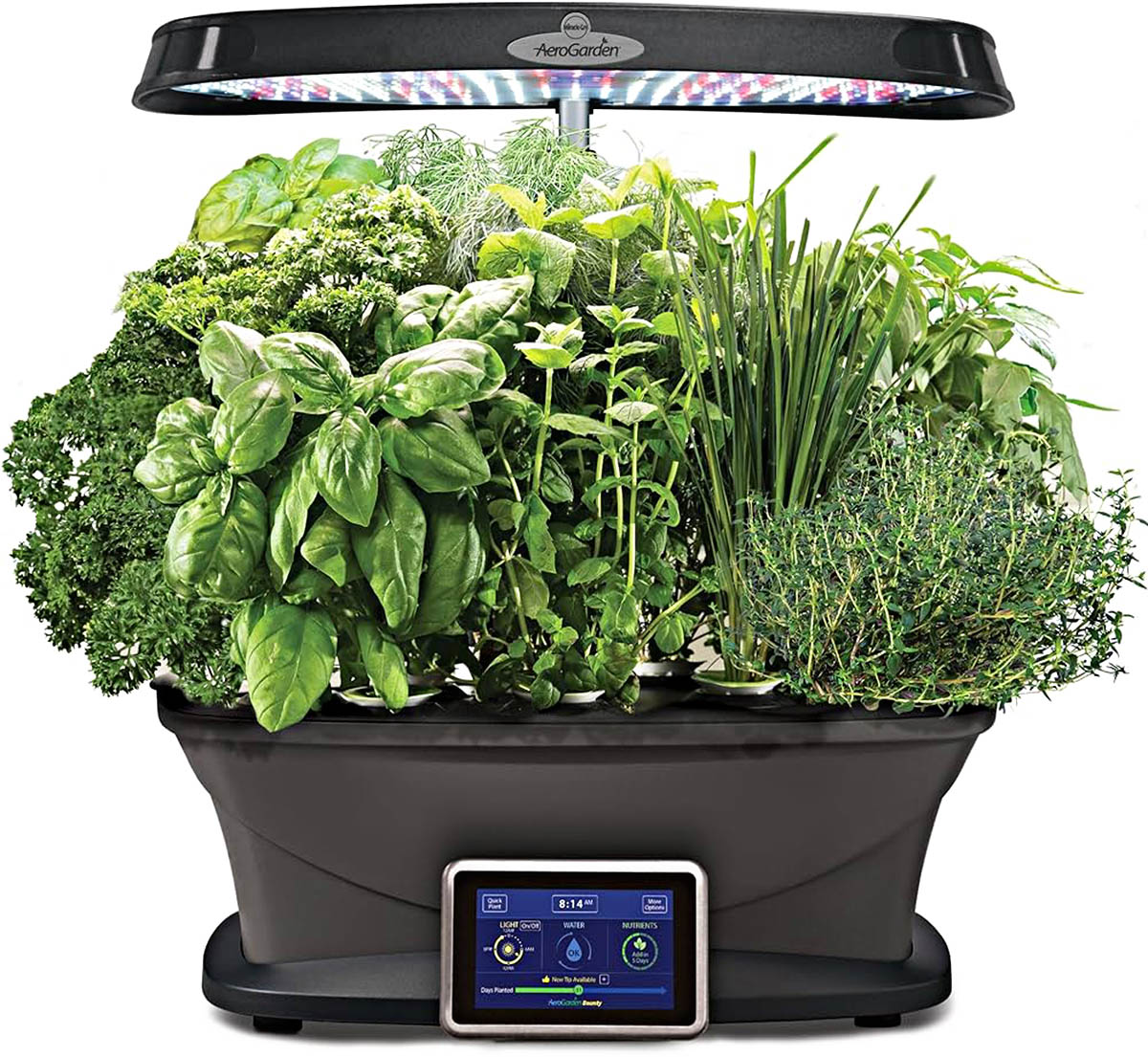

0 thoughts on “Scotts Sun And Shade: How Long To Germinate?”